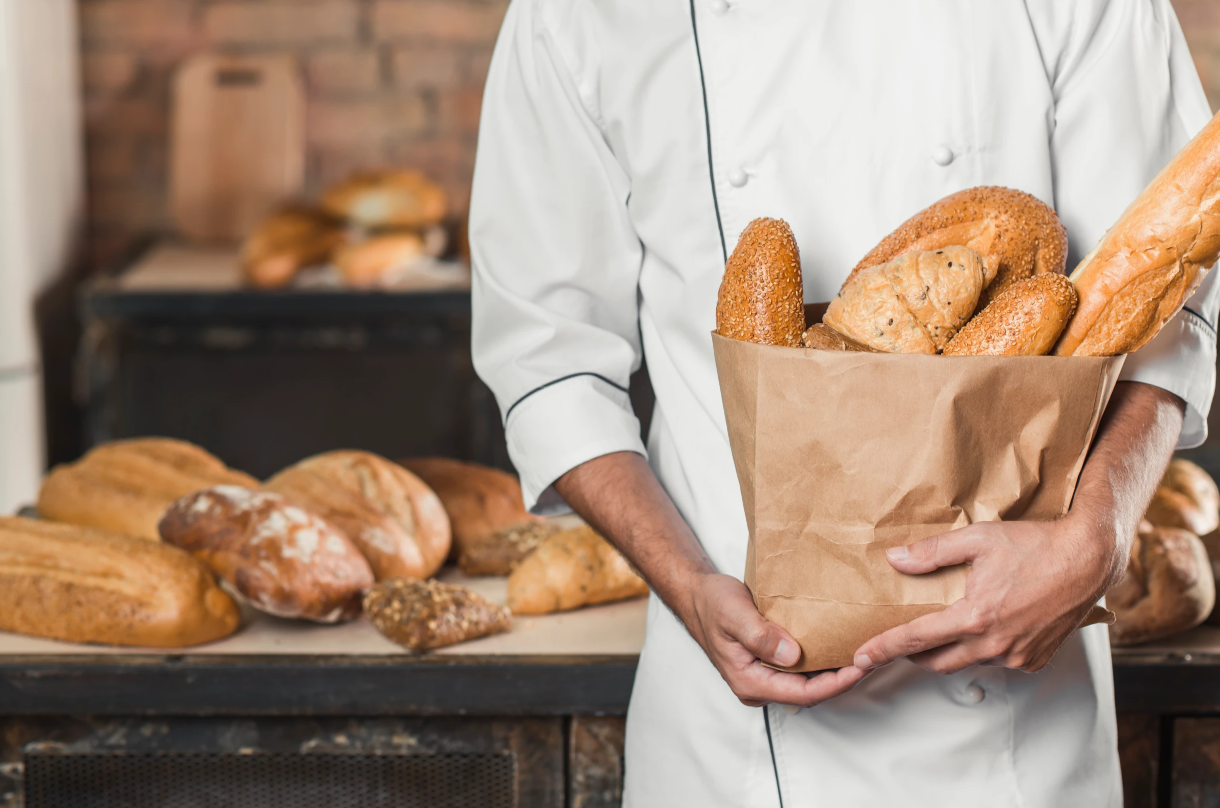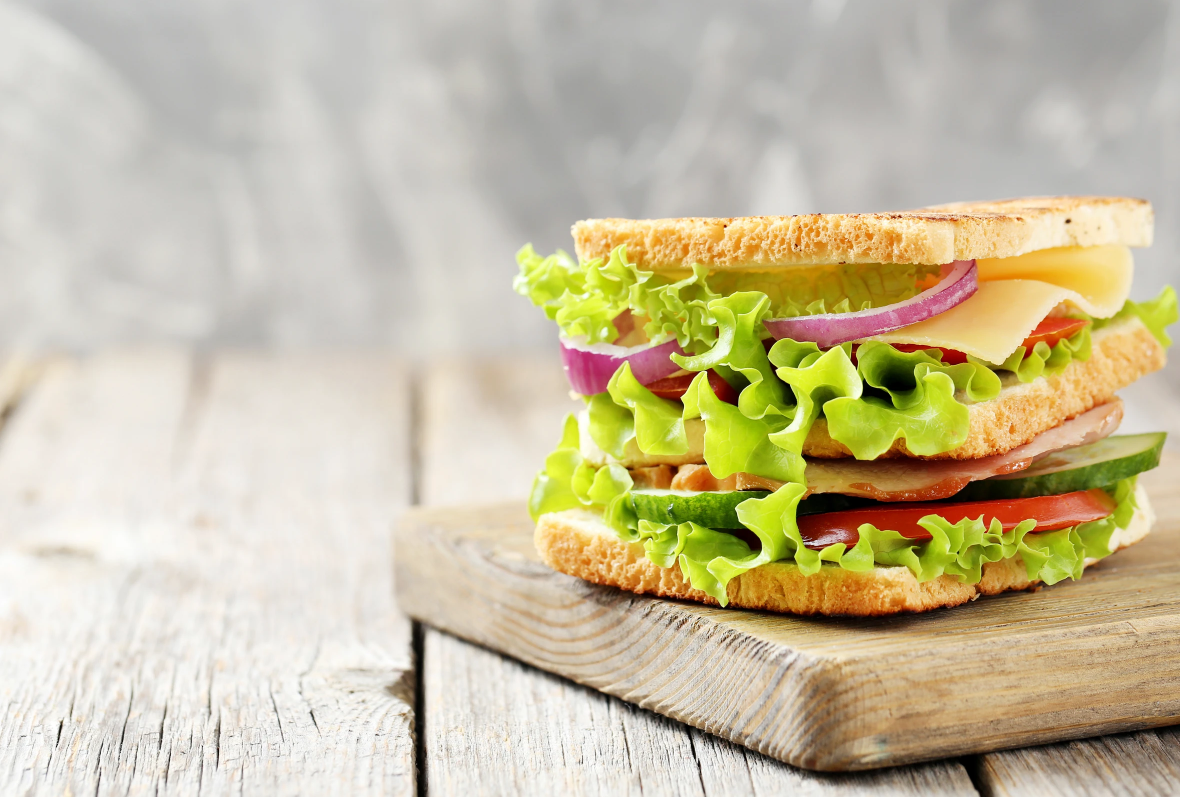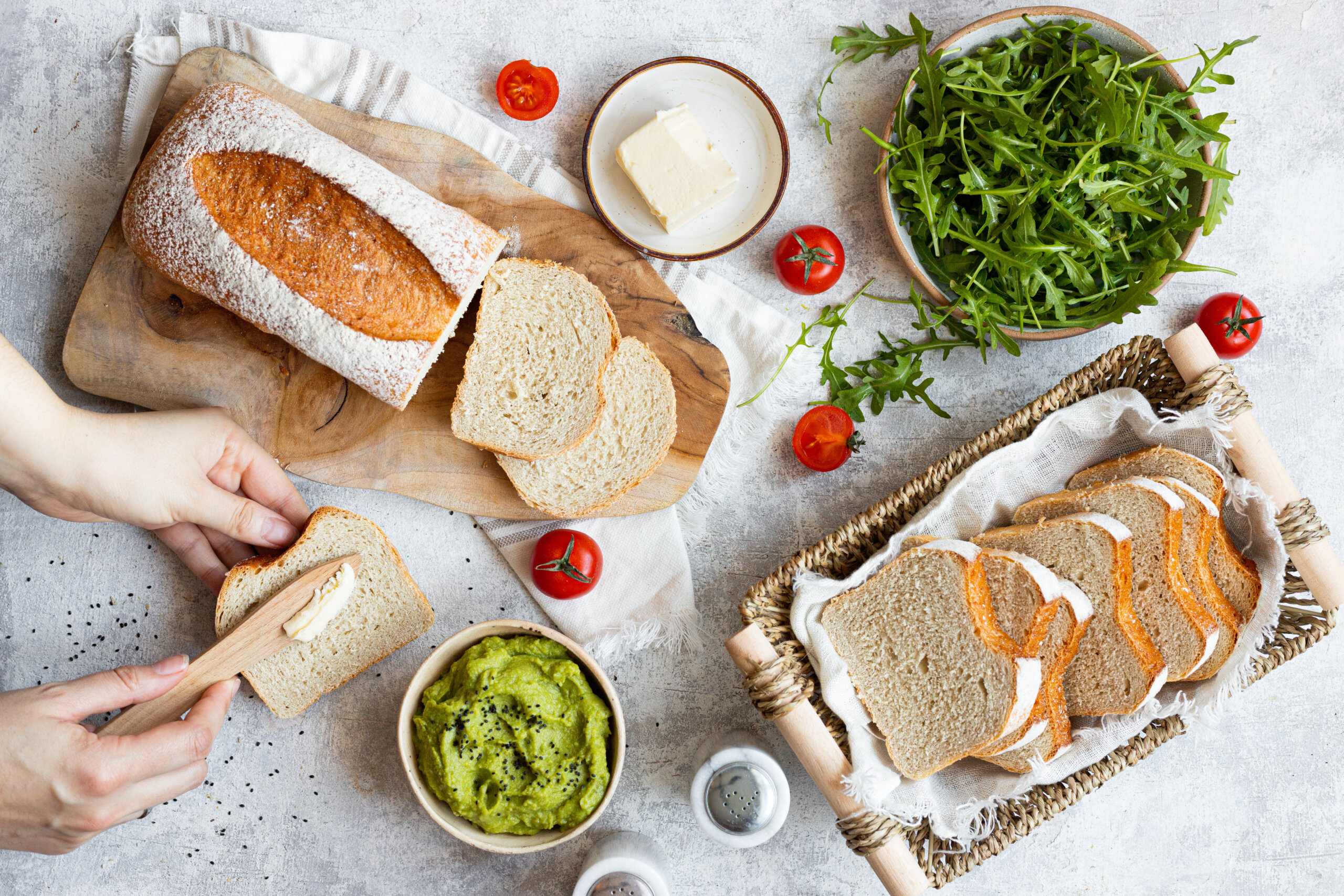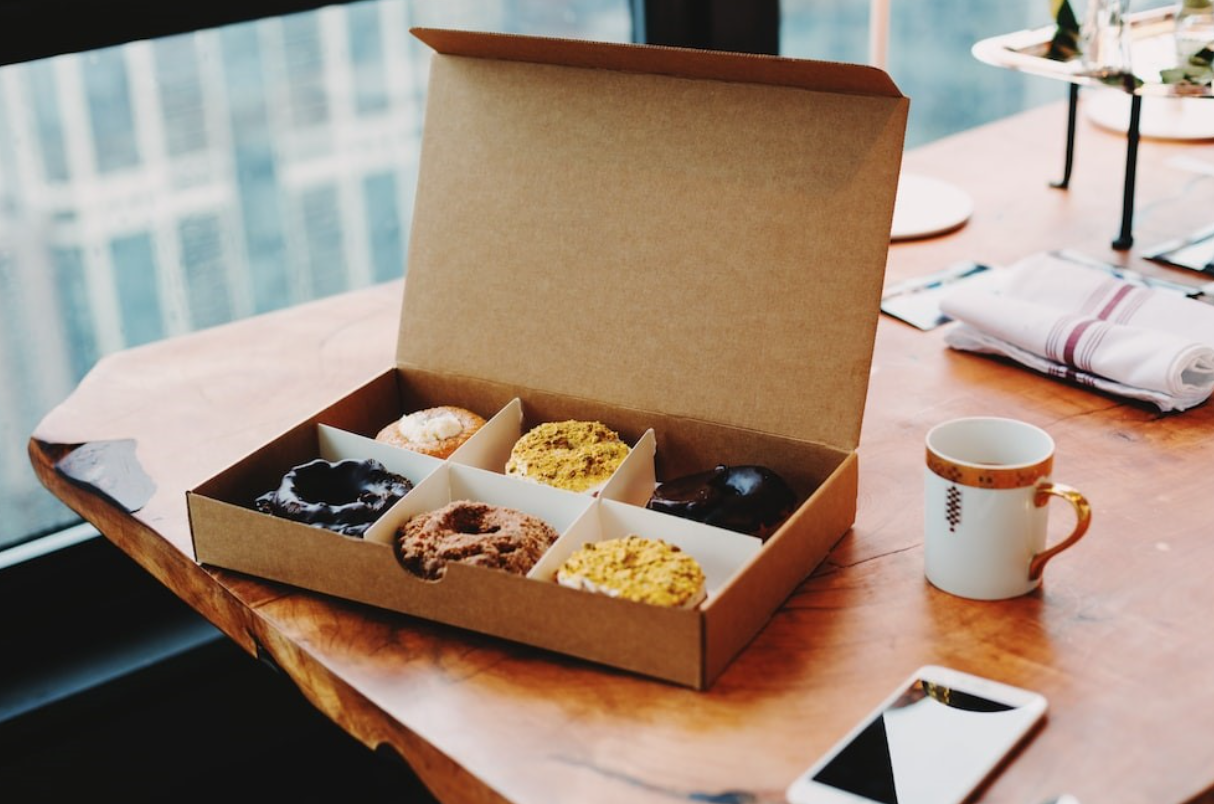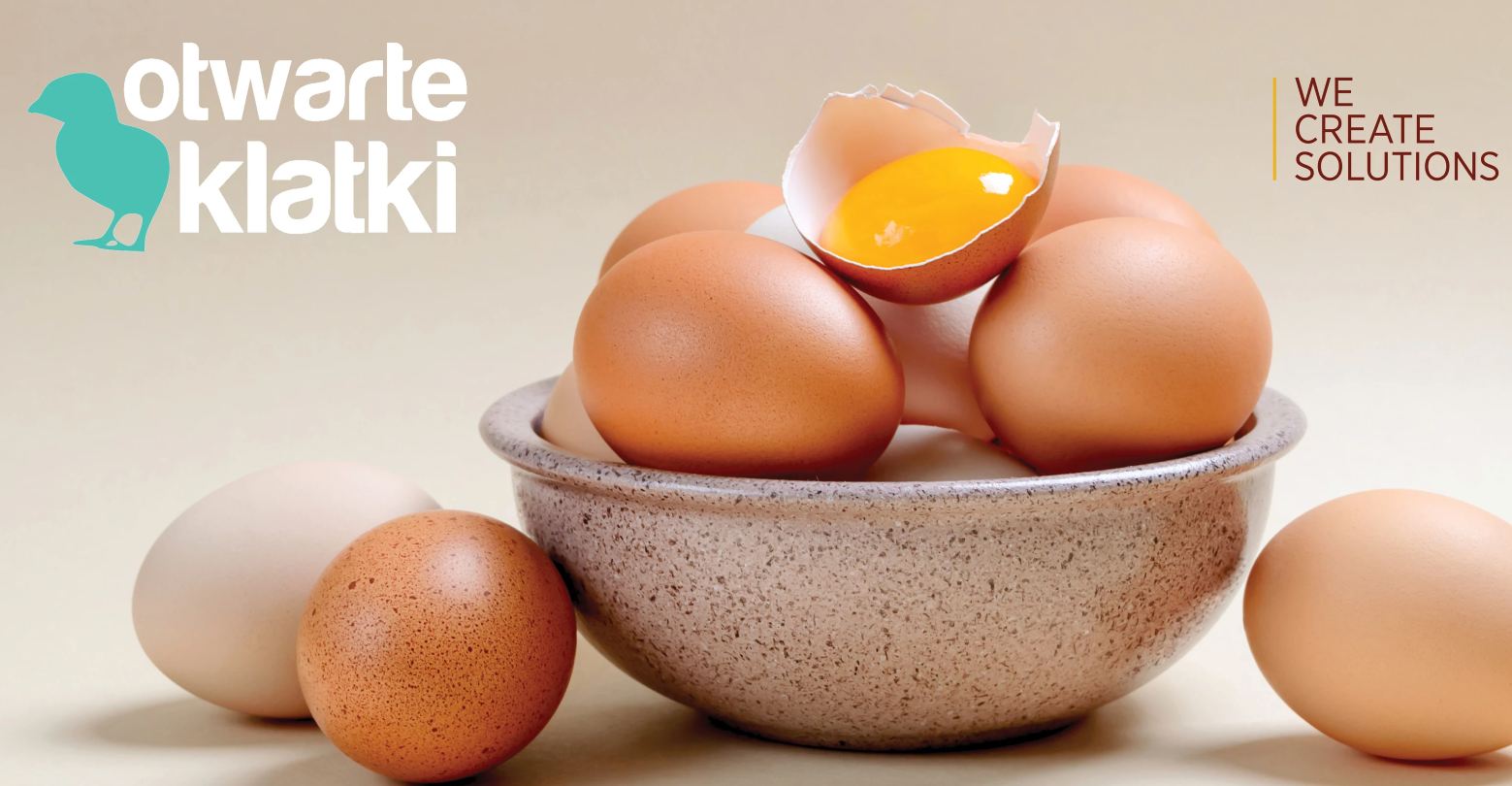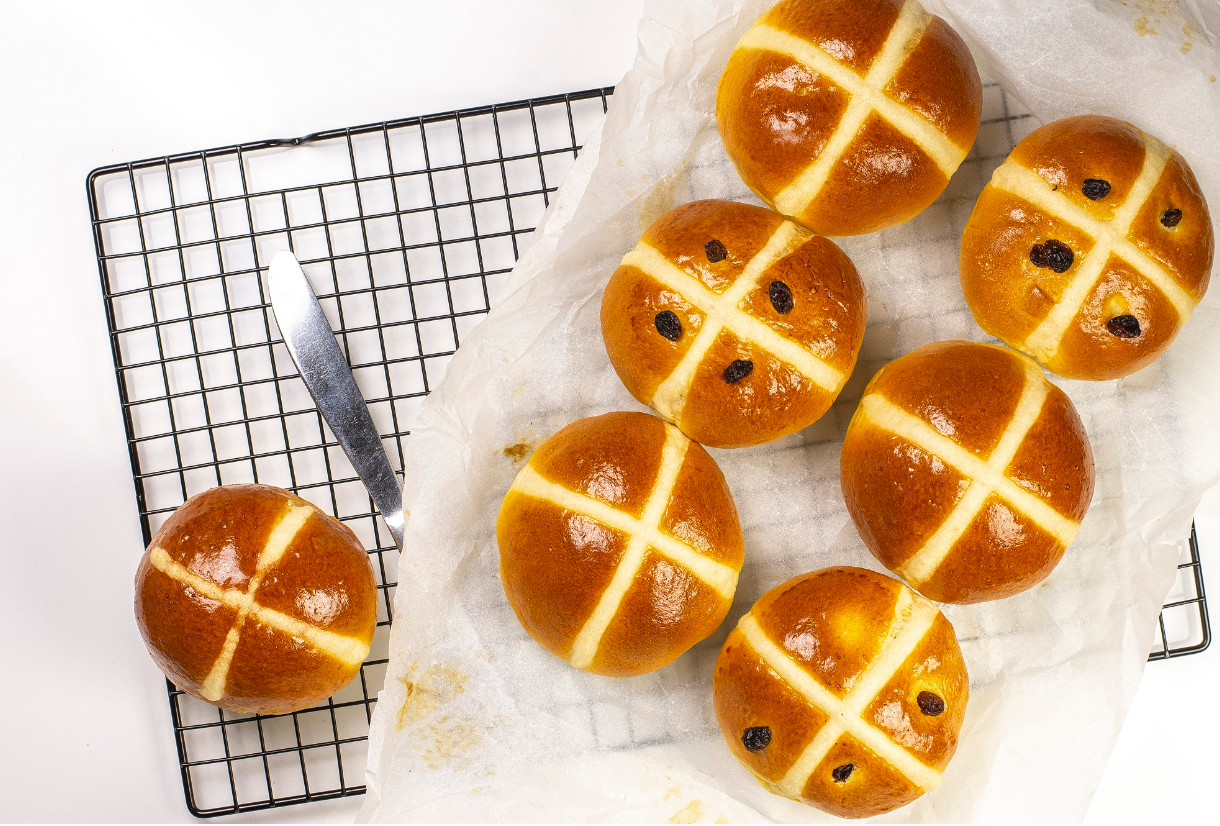Success in business depends on many factors. In the bakery and confectionery sector, it’s crucial to focus not only on product variety and quality but also on constantly monitoring the competition and responding to customer needs. In addition to online marketing, it’s important to focus on activities at the point of sale. Why should offline marketing not be overlooked, and which actions yield the quickest results? Below, we present practical tips to help you better understand and connect with your customers.
Understand Your Customer’s Decision-Making Process!
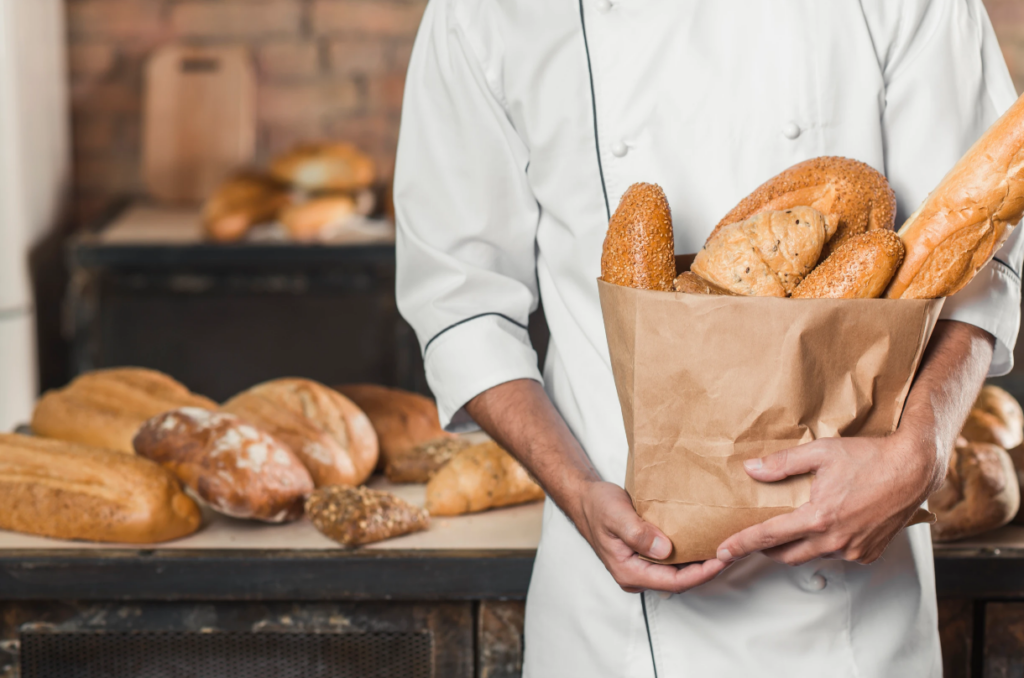
Let’s start by reviewing the consumer decision-making process.
Understanding the mechanism behind consumer purchasing decisions is key to managing sales. According to the EBK* model, the purchasing process consists of five elements:
1. Problem Recognition – The first stage, where the consumer’s need is triggered.
2. Information Search – At this stage, the consumer analyzes and searches for information on how to satisfy the need. They visit websites, consume mass media (advertising), talk to family and friends, and seek expert advice or materials.
3. Evaluation of Alternatives – The stage where different solutions are evaluated and compared based on the benefits they offer in relation to the consumer’s individual expectations.
4. Purchase Decision – A crucial moment when the consumer decides on a specific option or opts out of the purchase.
5. Post-purchase Consequences – The behavior after the purchase, such as satisfaction or disappointment. These consequences will directly influence future choices regarding the product, as well as its recommendation (or lack thereof) in the consumer’s social circle, and even online.
Emotions in the Purchase Decision Process
Emotions have a significant impact on purchasing decisions. Under their influence, a customer’s decisions can be more or less rational. Marketing actions such as quantity limitations (last pieces), time-limited offers (seasonal deals, happy hours), restricting availability (limited number of holiday orders), or social proof (others have already bought this product, I should have it too) are aimed at directly appealing to the consumer’s emotions and encouraging them to make decisions on the spur of the moment. Purchasing emotions also relate to feelings like joy, hope, care for loved ones, and even fear.
Shopper Marketing as an Opportunity to Increase Sales
We must also understand that it’s not always the consumer or end-user who makes the purchase. Often, we buy products for others, such as family members. The person who makes the purchase decision and buys the product in-store is known as the shopper. This is the individual we should focus on when conducting offline activities at the point of sale.
Shopper marketing focuses on a specific moment—the one when the consumer is already in our store, standing in front of the shelf or counter, making the purchase decision. Research conducted by Nielsen** shows that 70% of purchasing decisions are made right in front of the shelf. This is the perfect moment for offline actions!
Effective activities in the sales area directly influence the shopper’s choices, guiding them to the right product and leading to the completion of the transaction. A good example of such activities are impulse-buy zones near checkout counters in hypermarkets. Surely, you’ve often added a pack of chewing gum, a chocolate bar, or batteries to your cart, right? And did those products appear on your shopping list? Exactly… But the right display, product selection, and time spent in line led you to make that purchase decision.
The shopper marketing strategy directly influences store space organization, shelf arrangement, furniture selection, lighting, and the use of POS materials. With offline solutions, it’s easier to directly influence sales results and even prevent stock losses.
Use All Customer Touchpoints (in bakeries/confectioneries)
By choosing various forms of marketing communication, we can engage customers at up to four key touchpoints:
1. Store Entrance Zone – Encourage customers to enter the store. Influence their sense of sight by effectively using window displays. Well-designed posters, eye-catching displays showcasing new products or daily promotions, or even a stylish sandwich board can entice someone who wasn’t planning to buy to step inside.
2. In-store Space Zone – Let’s make the most of the moment when the shopper enters the store and their expectation to make a purchase. While standing in line, customers have plenty of time to familiarize themselves with the offerings, pick up a leaflet or brochure, focus on advertising materials, or even participate in tastings. Let’s analyze our options—posters, floor stickers, stands, display racks, roll-ups, wobblers, shelf stoppers, or even ceiling hangers. These are just a few ways to inform customers about our offerings.
3. Checkout Zone – This is where the purchase is completed. It’s time to assess customer needs, clear doubts, and offer suggestions. Conversations are a key part of the sales process, so proper staff training and adequate staffing during peak hours are essential. Here, the salesperson can offer new products, inform customers about upcoming seasonal offers, or suggest the right product. The staff is the final element of the sales process and provides invaluable feedback on our products and future customer expectations. Also, ensure that the atmosphere in your store is welcoming. It’s this atmosphere that encourages customers not only to return but also to share their thoughts and needs. We can also use offline marketing materials here, ranging from simple coin-operated billboards to POS display monitors, and even sampling.

Take Care of Branding
Offline marketing activities also include proper packaging branding. It’s increasingly clear how consistent branding efforts complement overall online communication. The visual concept of packaging is no longer just our “business card”;it also provides additional opportunities to communicate with the customer after the purchase. The graphic design of packaging, wrapping paper, or banderoles is the perfect space to place a logo or website address. It’s also a great place to communicate new products or upcoming promotions.
Is it still worth investing in paper?
In the age of digitalization, paper-based media have somewhat fallen out of favor. They’re often seen as ineffective and expensive to produce. However, research shows that paper is more trustworthy to consumers than online -82% trust printed information more. Paper not only stimulates the sense of sight but also the sense of touch, providing stronger sensory stimuli. Promotional newspapers, catalogs, or leaflets may indeed be a more expensive solution, but their lifespan is much longer. However, remember that the success of printed materials depends on their clarity, the attractiveness of the design, and the format. Don’t advertise all services in a small format; focus on attractive images, an engaging layout, and proper exposure.
POS Displays and Digital Signage
Many software providers for the HoReCa industry are expanding their devices to include advertising media, such as POS displays. These are small screens directed at the customer, part of the cash register system, as well as vertical or horizontal digital billboards. With simple software, we can display static files or video ads on them. This solution can significantly impact sales. The cost of preparing ads is relatively low since graphic or video materials created for online activities can be reused. What can be advertised on such a platform? New product announcements, seasonal offers, appetizing product videos, or even customer reviews – these are just a few ideas.
Find the Balance Between Effective Communication and Good Taste
Remember, every retail space has specific technical and space limitations. Communication should be planned differently in a 60-square-meter store than on a sales counter or an island. When planning offline activities, ensure that you don‚Äôt overwhelm the customer with marketing messages. Plan their exposure in a subtle and unobtrusive way. Moderation and proper exposure are key. Even well-designed stands or leaflets won’t fulfill their purpose if they’re left in disarray. Plan offline communication and rotate materials depending on the season, the day of the week, or the product assortment you want to boost at that moment. It’s also worth appointing someone in the sales team who will be responsible for advertising materials at the point of sale and will regularly monitor which materials attract customer attention.
* Model EBK – One of the structural models of consumer behavior. Developed in 1968 by J.F. Engel, D.T. Kollat, and R.D. Blackwell. The name comes from the first letters of the creators’ surnames. More information: https://mfiles.pl/pl/index.php/Model_EBK
** Nielsen Shopper Trends 2020 – More information: https://godanserwis.pl/70-decyzji-zakupowych-przed-polka-sklepowa/; https://poradnikhandlowca.com.pl/artykuly/nielsen-70-decyzji-zakupowych-przed-polka-sklepowa/, https://www.nielsen.com/wp-content/uploads/sites/3/2020/06/Shopper-Trends-2020.pdf


